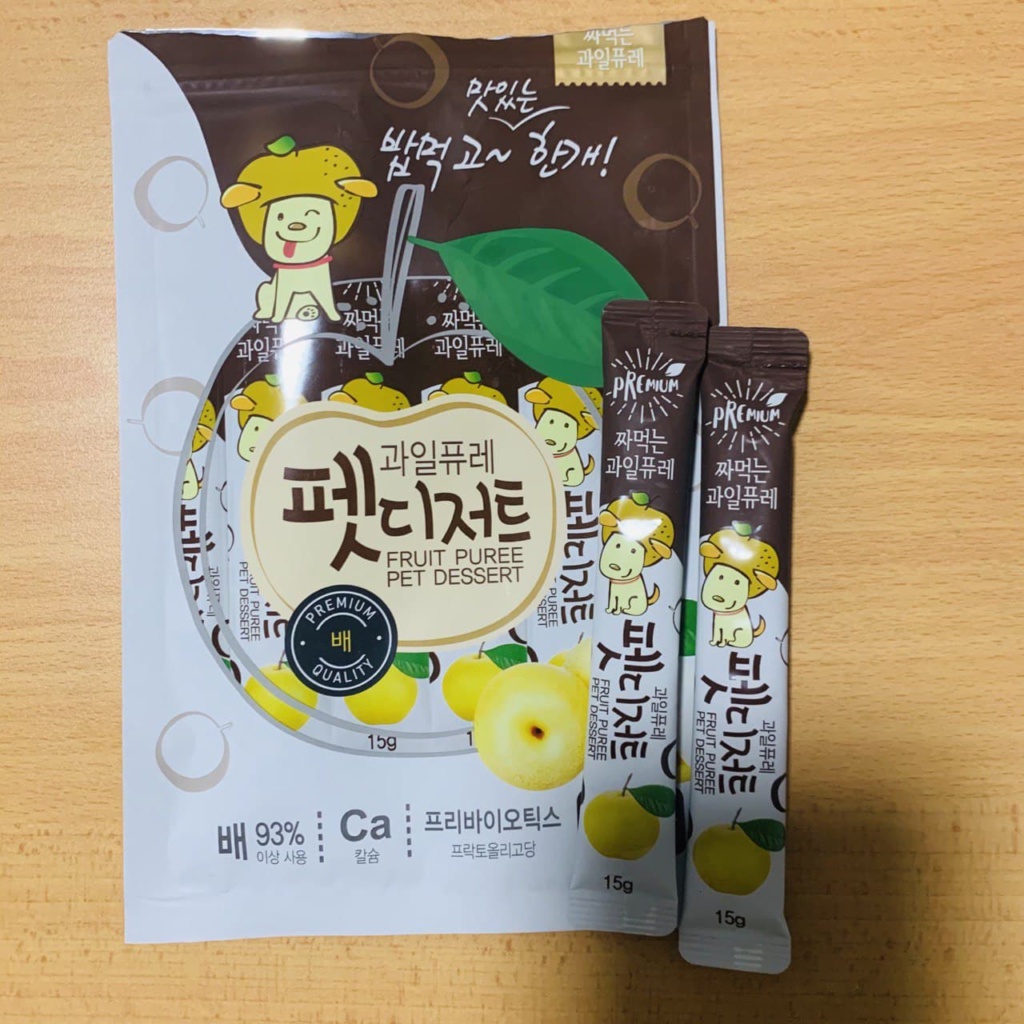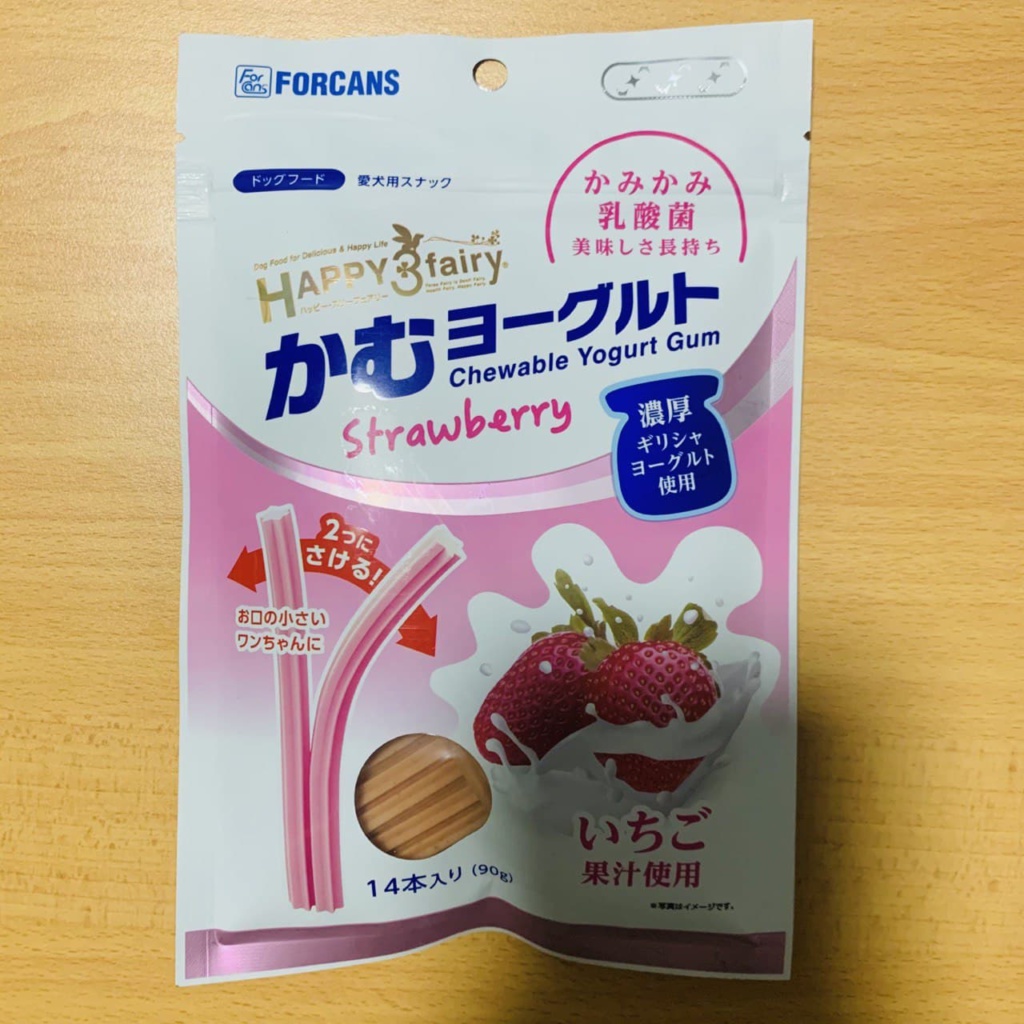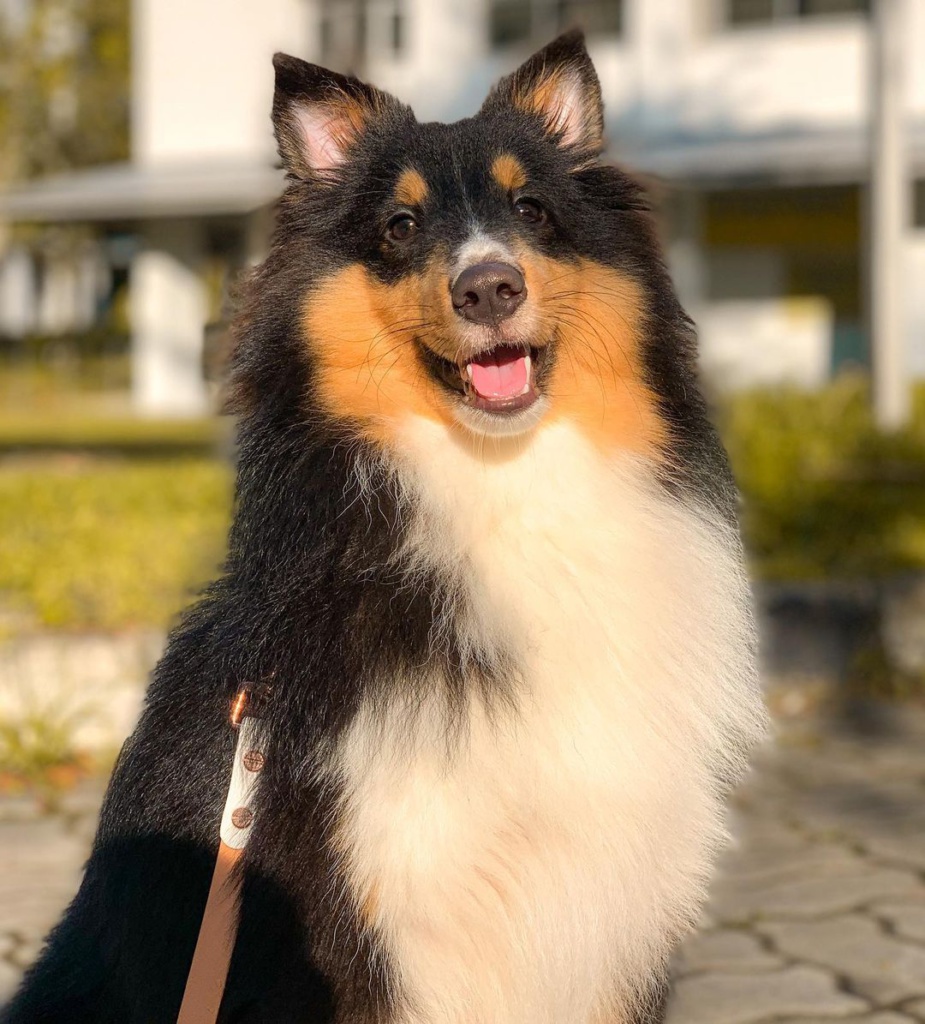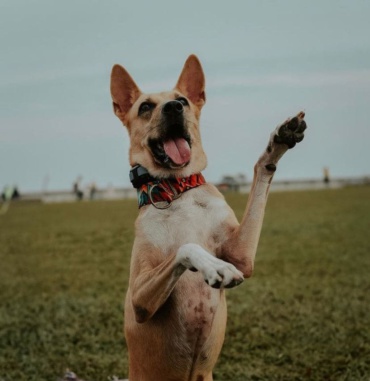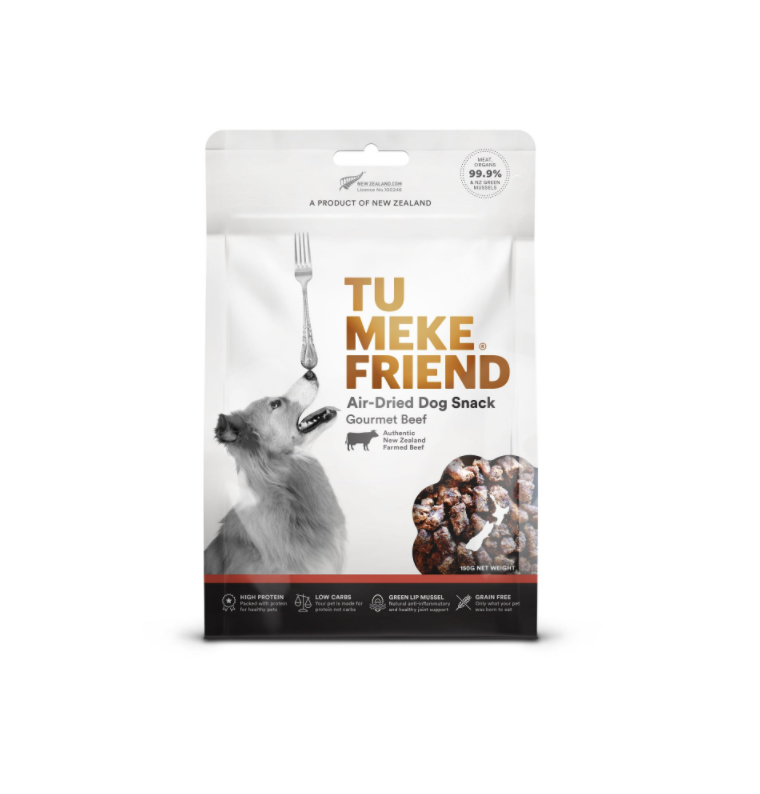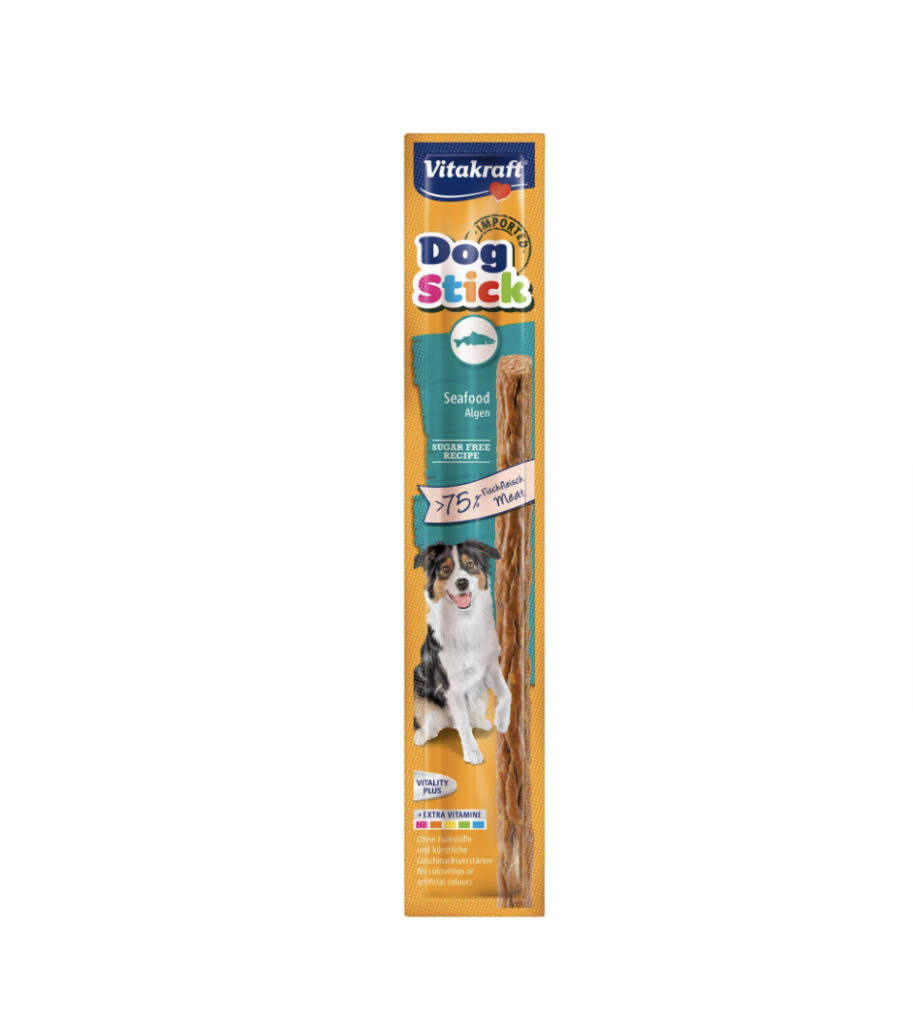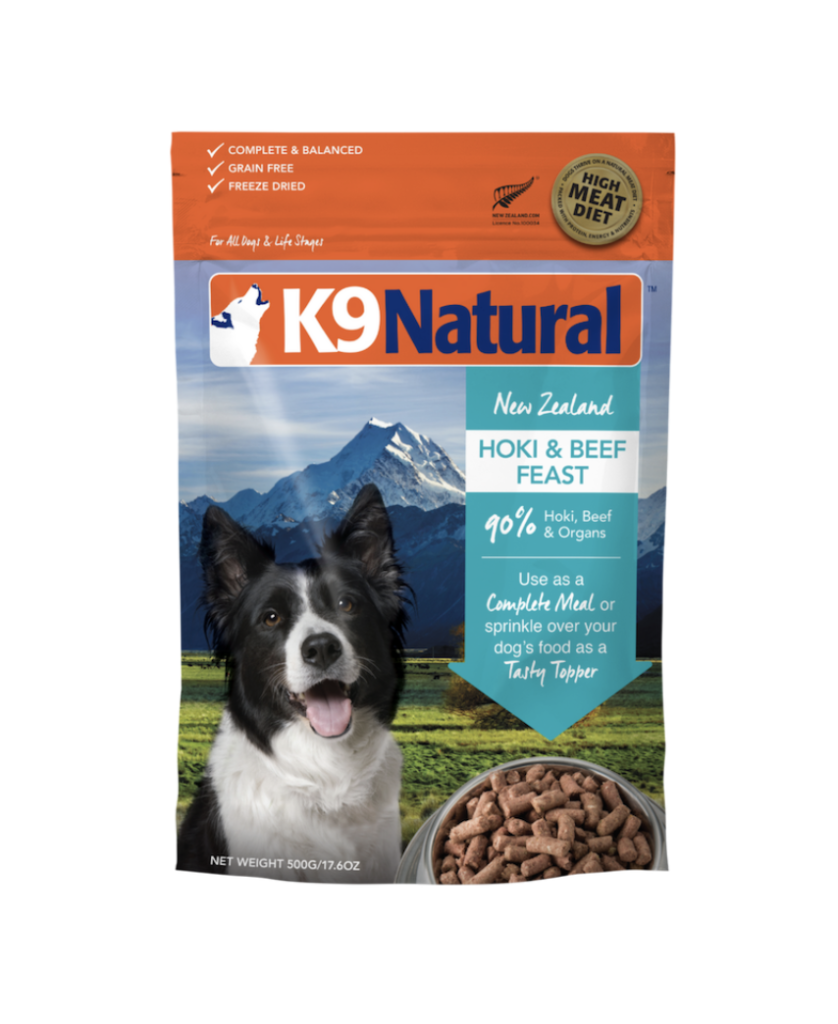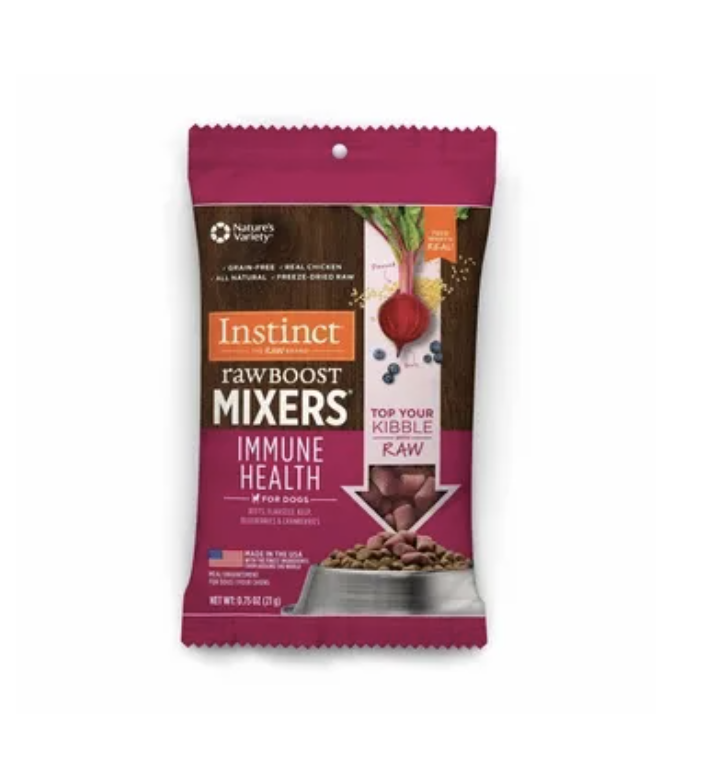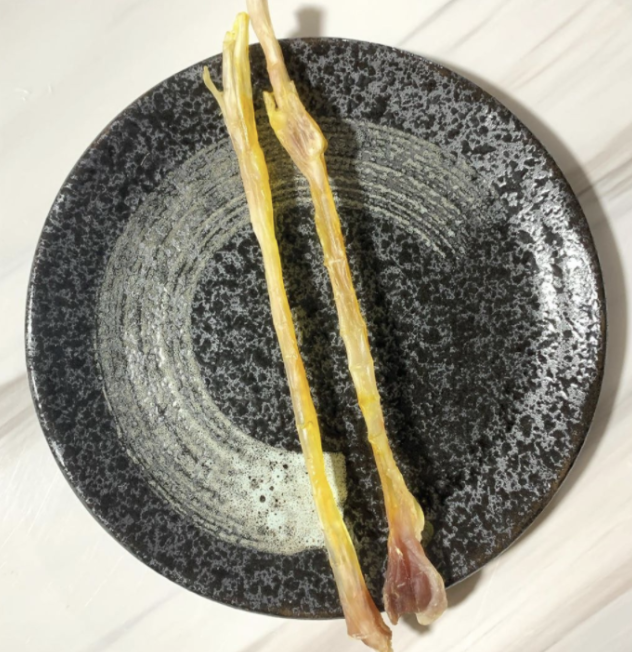If you’re looking for a trainer for your furkid, there are a few things you need to consider –
- What category of training are you looking for
There is a variety of training available – puppy training, basic obedience training, behaviour modification etc. Before selecting a trainer, know what type of training you are looking for and proceed to look for trainers that offers/specialises in that type of training.
2. What method of training are you comfortable with?
In dog training, there are different types of training methods – Positive Reinforcement, E-collar, Balanced Training etc. Our advise would be to do your research & find trainers who use methods that you are comfortable with.
With these answers in mind, now you can start to look for a trainer for your furkid! In this article, Pawjourr has consolidated a list of recommended trainers that you can consider based on the different training categories & methods.
K9 Kampong

K9 Kampong trainer & founder, Su Lin, has a wealth of experience in dog training stemming from her many years of working & living with dogs. She is an AVS accredited dog trainer and is on the Project ADORE trainer’s panel for all 5 AVS endorsed Rehoming Partners.
K9 Kampong offers basic obedience & socialisation classes, puppy training workshops & behaviour modification training. They believe in using force-free, positive only methods in their training programs.
For dogs who require Project ADORE certification, K9 Kampong offers the obedience classes & certification.
Check them out here for more information
Wooga!

Wooga specialises in their 14 days Board & Train program that guarantees a number of obedience commands. They also offer services such as Daycare, Boarding, Handstripping and other unique training programs.
The foundation of their training is based on creating a balanced relationship and unbreakable bond with the dog with clear communications and a solid foundation. Wooga uses markers and low level E-collar stimulation focusing on effective communication, motivation, enhancing and creating confident and balanced dogs.
They are the only training program in Singapore that guarantees results in a short 14 day period.
Check them out here for more information
Fuwang Dog Training
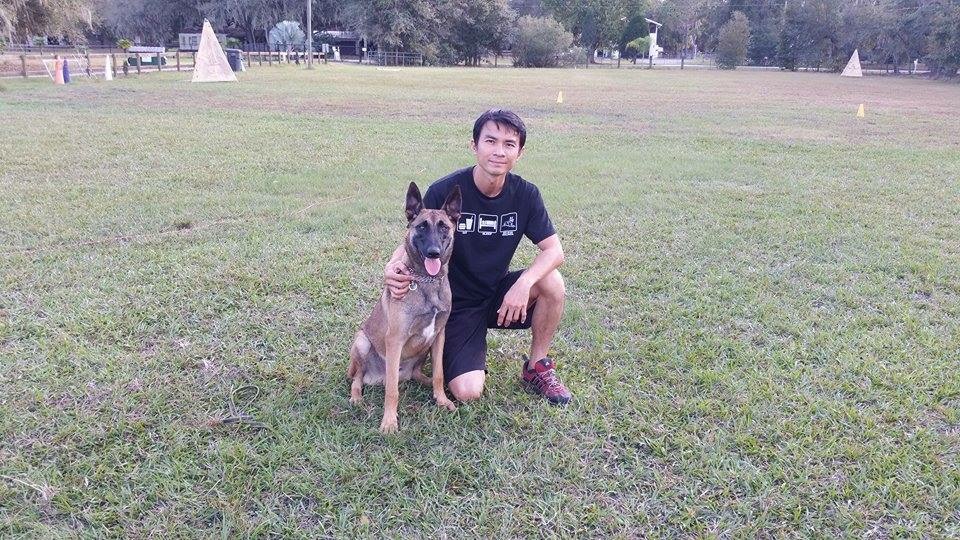
At Fuwang Dog Training, they believe that all dogs can be trained with education & building a solid partnership between owners and their dogs.
Fuwang trained overseas extensively under the guidance of 2 Times World Champion Dog Trainer Ivan Balabanov. He believes that dog training is an art which one must constantly upgrade his knowledge.
Fuwang Dog Training offers services such as Puppy Assessment, Behaviour Modification, Basic Obedience & Extensive In-Depth Rehabilitation.
They are recognised for their behaviour modification & rehabilitation programs.
Check them out here for more information
Puppy Colours

Puppy Colours is a dog training school in Singapore that teaches dog owners to teach their dogs using methods based on behavioural science using positive signals and positive reinforcement. Their training focuses on real-life & social skills and problem prevention along with basic training skills.
Puppy Colours nurtures thinking dogs to make good decisions. They teach them what to do instead of telling them what not to do by finding things that motivates the dog and use that to encourage them to make good decisions.
Focusing on nurturing puppies into becoming a happy and well-mannered member of the family, Puppy Colours is known for their puppy training. They also group classes, private lessons & behaviour modification.
Check them out here for more information
Hop over to Pawjourr here to check out more trainers & their reviews.
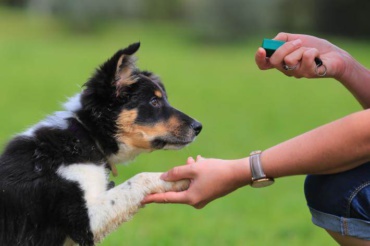
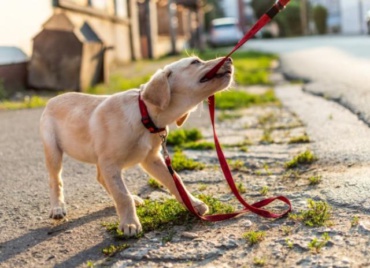







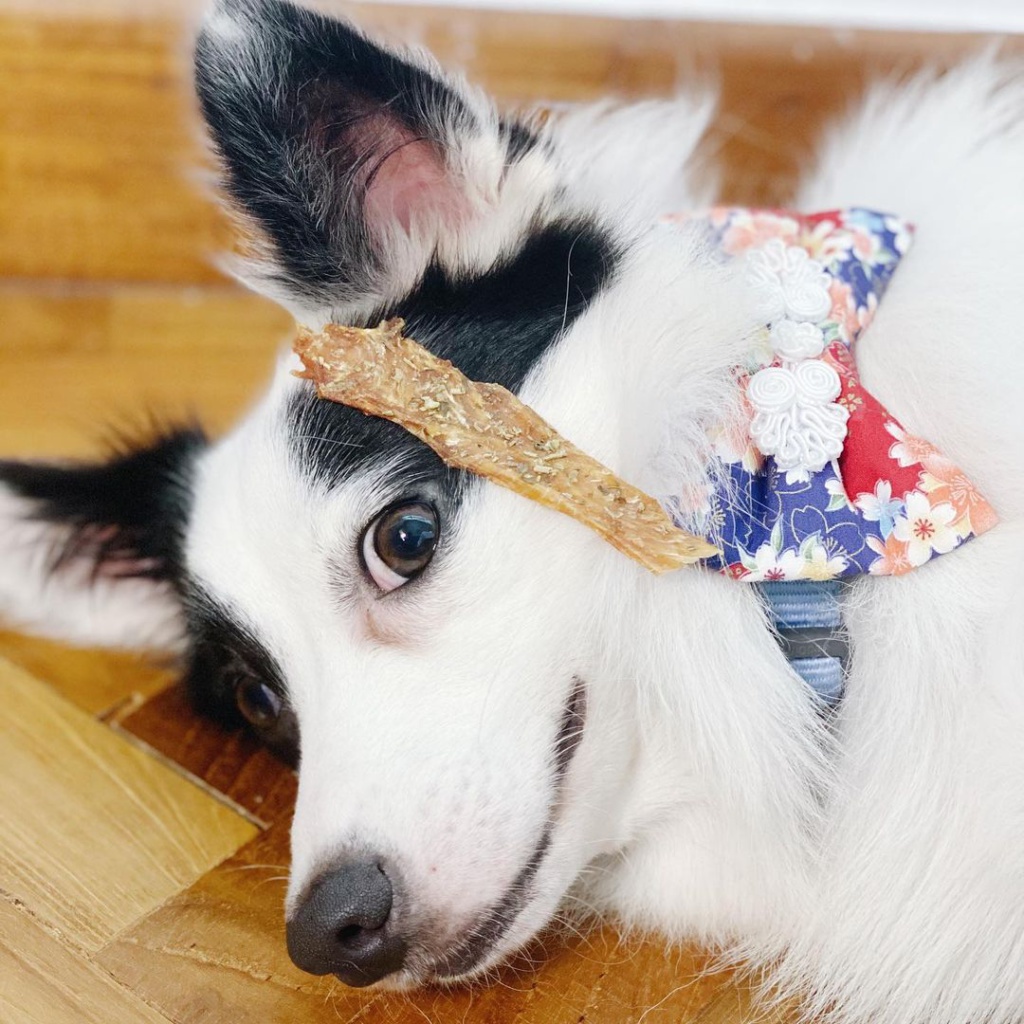
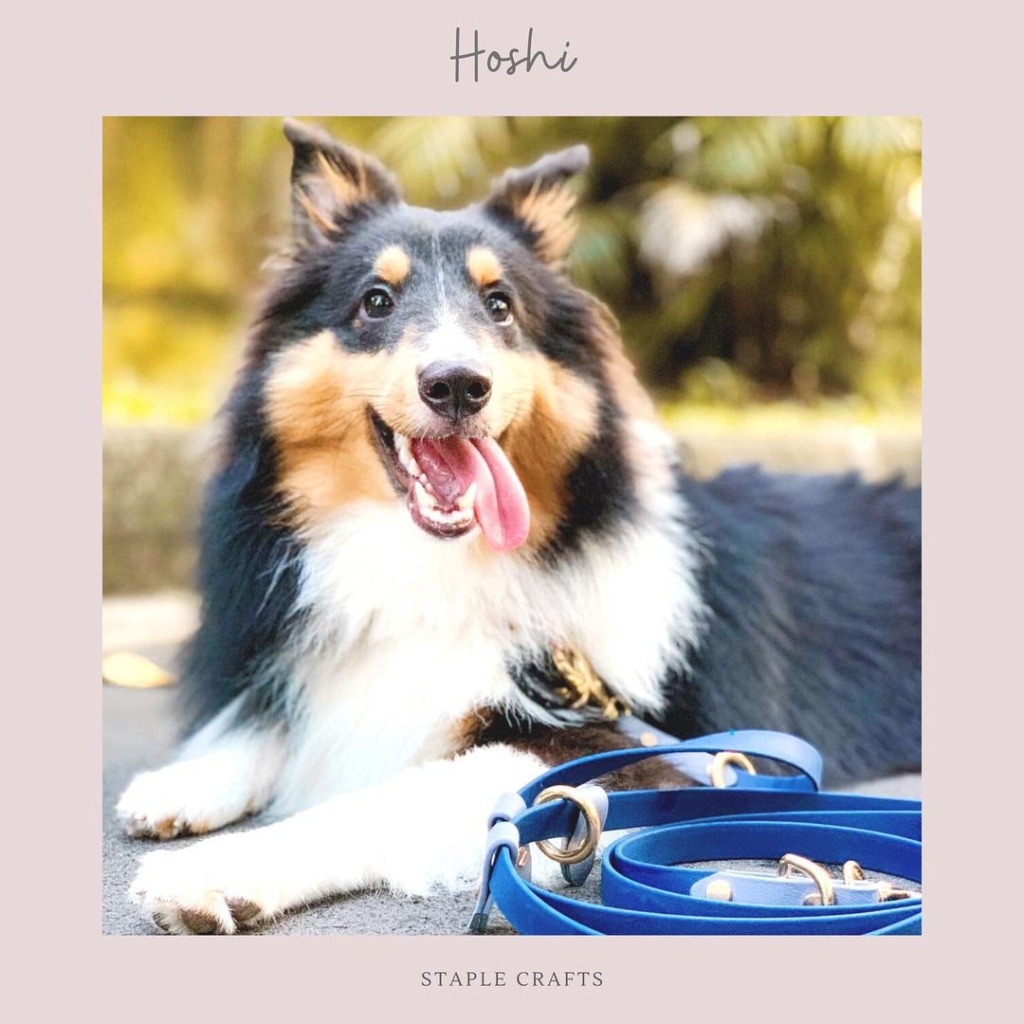
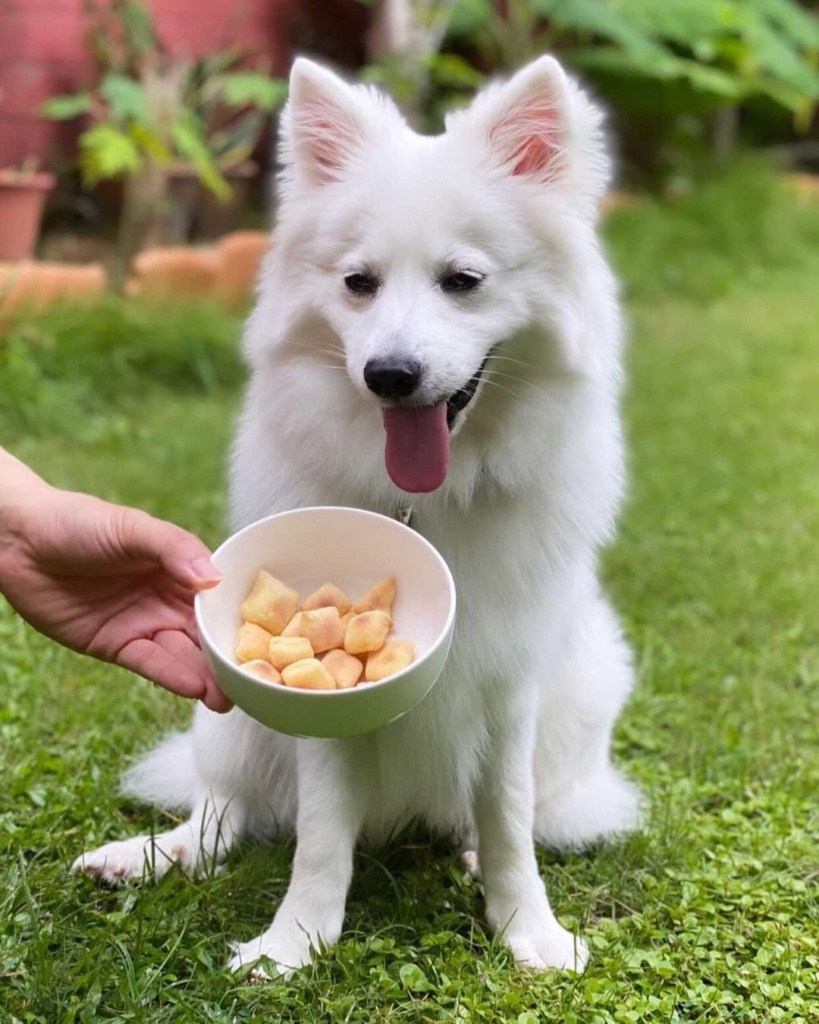
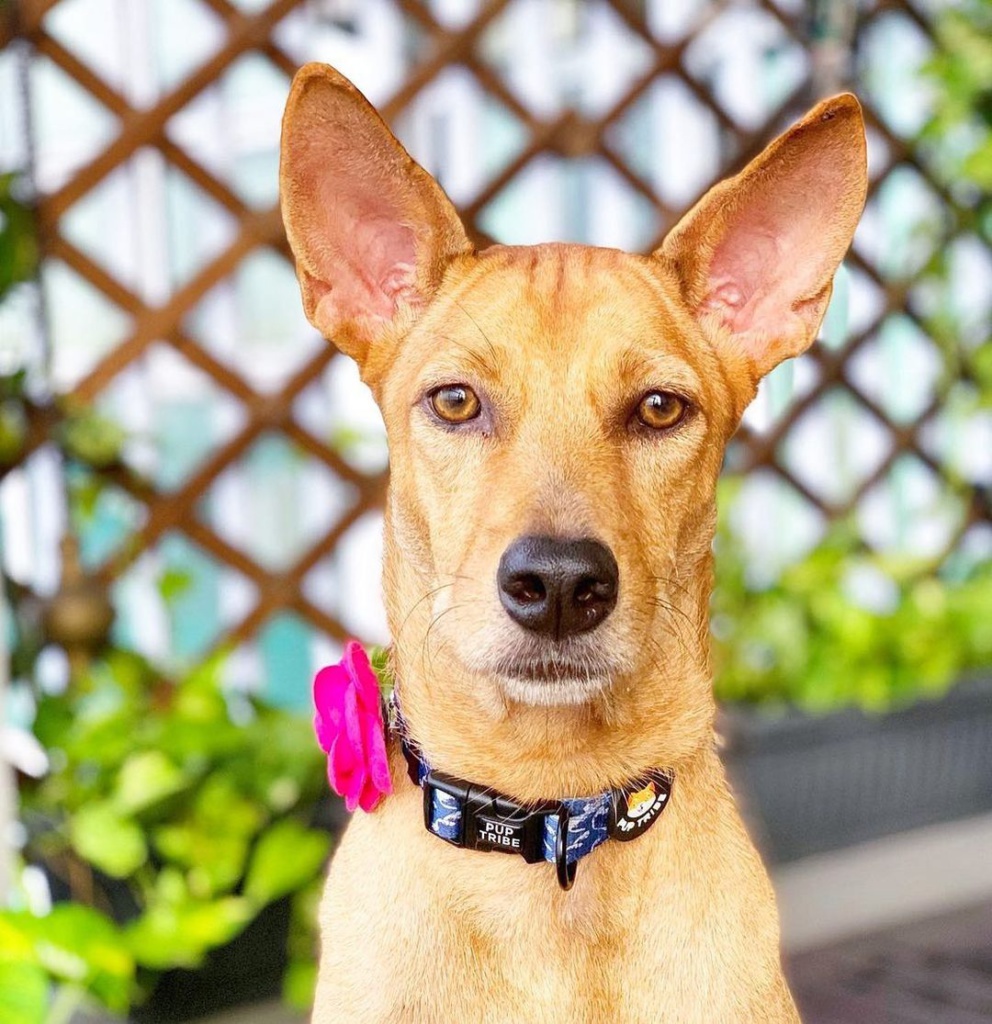
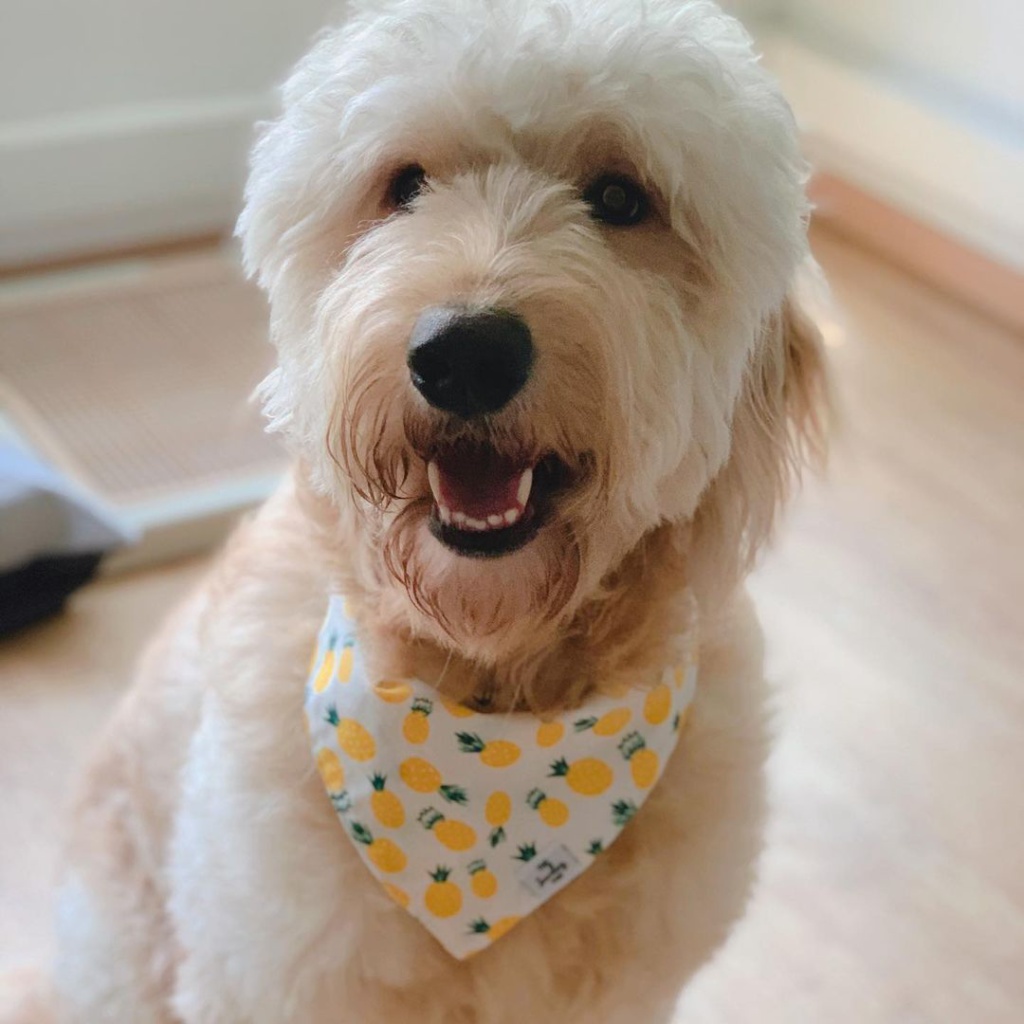
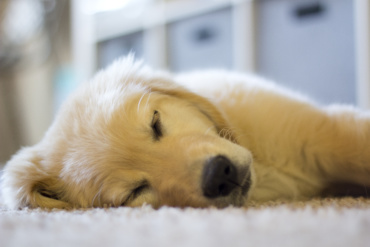
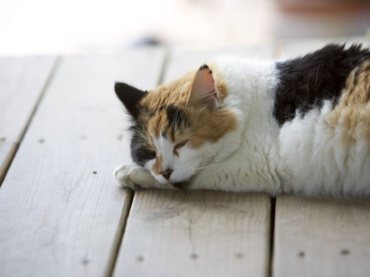
:max_bytes(150000):strip_icc():format(webp)/drying-the-cat-464899681-5c3fd2d946e0fb000109fdef.jpg)
:max_bytes(150000):strip_icc():format(webp)/cat-drinking-water-from-metallic-bowl-in-back-yard-654714267-5c3fd35d46e0fb00018163b3.jpg)
:max_bytes(150000):strip_icc():format(webp)/white-cat-lazing-on-white-shelf-in-the-sunshine--522103823-5c3fd3324cedfd00014460c0.jpg)



